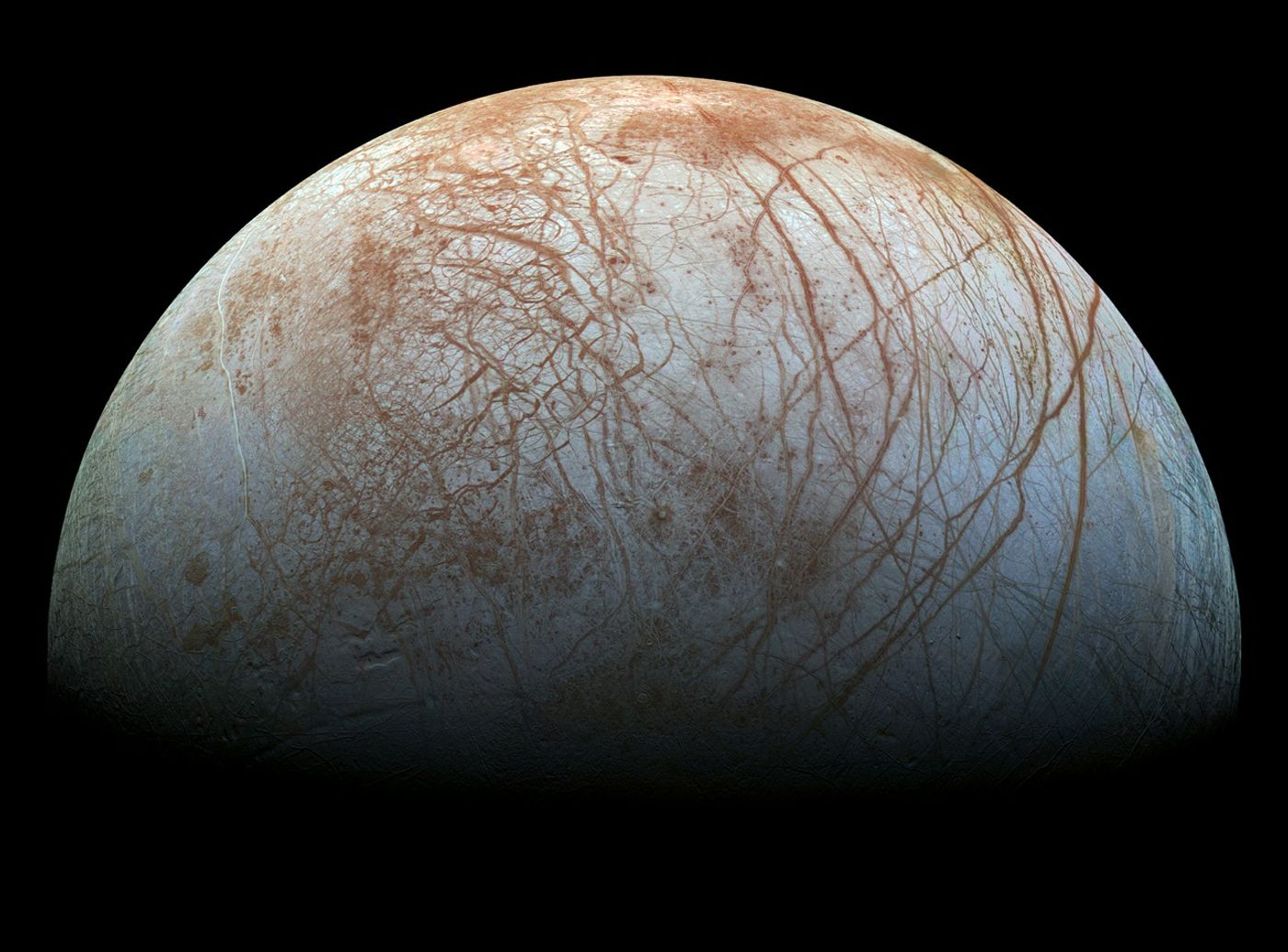Reexamination of Galileo Spacecraft Data Validates How Plumes Erupt From Europa
NASA’s Galileo spacecraft got up close and personal with the Jovian moon Europa back in 1997, and researchers have just taken a fresh new look at the data collected by both Galileo’s magnetometer and plasma wave spectrometer instruments.
Image Credit: NASA
Upon closer examination, the researchers found substantial evidence to validate the longstanding notion that water plumes erupt from beneath Europa’s surface into space. They’ve published their findings in the journal Nature Astronomy this week.
But if scientists already knew that Europa sported plumes, then how are these findings at all significant? As it turns out, the only previous evidence for plumes on Europa were some fuzzy images snapped by the Hubble Space Telescope, but they were too blurry to reach certain conclusions.
The reexamined Galileo data, on the other hand, offers hard evidence to support the idea that these plumes erupted precisely where astronomers spotted them with the Hubble Space Telescope. That said, it’s like a eureka moment that has been realized more than two decades later.
Related: NASA wants to send a space submarine to Titan
Interest in exploring exoplanetary moons such as Enceladus and Titan has grown exponentially among scientists in recent years, as these moons sport potentially-habitable environments. The validation that Europa does, in fact, sport water plumes supports the argument for exploring these worlds up close.
Planetary scientists think that Europa hosts a sub-surface ocean and that these water plumes are tantamount to pressure release valves. If true, then life could exist just beneath Europa’s hard and icy surface.
To find out for sure, NASA would need to send a series of missions to Europa with ground-penetrating radar capabilities, among other things. Fortunately, NASA’s Europa Clipper spacecraft, planned for launch in the 2020’s, could provide some much-needed insight.
Related: Is Europa our best chance at finding life in the solar system?
The findings after reexamining the old Galileo data bump up the urgency for such missions. That said, it should be interesting to see what we’ll find when we get there.
Source: Phys.org









